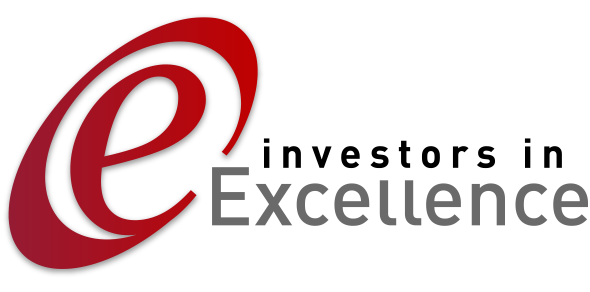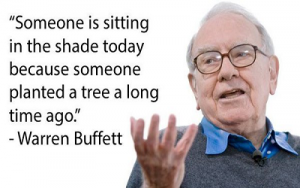Organisation growth is often a product of your success. With such success can come the danger of not being able to cope in the long term with the challenge such growth can bring. Do you have a framework that will recognise and deal with the warning signs?
Warren Buffet – the legendary investor – is now believed to be worth in excess of $70bn. He has achieved his growth (from $25 net worth in the 1960’s) by recognising that planning in advance will reap benefits long into the future if there is a defined growth strategy in an organisation.
One such approach is available in the Ansoff Growth Matrix. It was first seen in the Harvard Business Review in 1957, and was created by strategist Igor Ansoff to help management focus on the options for business growth. It is build around a two by two matrix.
- current products or new products
- current markets or new markets
The Four Growth Options
Within the matrix, there are four options to assess. These are:
- Market penetration strategy – current products and current markets
- Product development strategy – new products and current markets
- Market development strategy – current products and new markets
- Diversification – new products and new markets
The matrix is portrayed as follows:
Option 1 – Market Penetration
Market penetration strategy is the preferred route to growth for many organisations because it appears safe. Focus is on selling more of the existing products or services to:
- Existing customers.
- Customers similar to your existing customers who currently buy from your competitors.
- Customers similar to your existing customers who should be buying buying because they have a clear need but aren’t doing so.
The emphasis is on increasing market share through more marketing promotions, more effective marketing and by strengthening the offer by creating more customer value.
Option 2 – Product Development
In product development, businesses continue to focus on the needs of current customers and their markets, as well as understanding their underlying needs and wants better, so they can see opportunities for new products:
- To replace existing products with something better.
- To provide complementary products that customers need to buy as well as the main product or service.
- To sell other products or services the customer buys as a way to strengthen the relationship, and to think “one stop shop”.
Be aware that you may attract new competitors into your market as a response to you offering the products or services they traditionally sell.
Option 3 – Market Development
Ansoff proposes considering taking the current products and services and find new markets for them by:
- Opening up previously excluded market segments through pricing policies.
- New marketing and distribution channels. For example making a product or service available on-line.
- Entering new geographic markets by moving from local to regional, national and international.
Again your action to expand your market may attract the attention of competitors who currently only trade in zones where you don’t.
Option 4 – Diversification
This is perhaps the most controversial since diversification involves taking new products and services to new customers via:
- Diversification into related markets – where there is a logic about the move that makes sense to the outside world.
- Diversification into unrelated markets using existing resources and capabilities, where customers are buying access to the core competences.
- Diversification into unrelated markets, requiring new resources and capabilities.
The big advantage of diversification is that, while each move is risky, if it is successful it reduces the overall risk to factors outside of the control of the organisation, like the economic environment, or climate change etc.
At IiE we have a variety of Business Improvement Tools for your use. You can use the Ansoff Growth Matrix in two specific ways. Firstly as a brainstorming tool to help identify possible strategic options, or alternatively as a tool for assessing preferred strategic options to check for some kind of balance. To find out more of how we can help you, contact us for more information.


